Summary
The fishing area is known for its clear and calm waters, which are home to various fish species. The most prevalent species are rainbow trout, brown trout, and lake trout. The best fishing spots are said to be near the shoreline, inlet and outlet streams, and the deeper waters near the dam.
Apart from fishing, Shuree Lakes Fishing Area offers other nearby activities like hiking, camping, and bird watching. Hiking enthusiasts can enjoy the scenic trails in the nearby Carson National Forest, while camping enthusiasts can stay at nearby campgrounds. Bird watchers can also spot various bird species in the area, including hummingbirds, woodpeckers, and hawks.
For the best fishing experience, anglers are advised to use artificial lures, spinners, and flies. The best time to visit Shuree Lakes Fishing Area is during the summer months (June-August), when the average temperature is around 75-80°F. However, the fishing season usually starts in late April and ends in November, depending on the weather conditions.
Overall, Shuree Lakes Fishing Area is a great destination for fishing enthusiasts who want to experience the beauty of northern New Mexico while catching various fish species.
Weather Forecast
Nearby Streamflow Levels
Angling Safety Guidelines
Check local fishing rules, seasons, size limits, and license requirements to ensure legal and sustainable angling.
Handle Fish Responsibly
Use wet hands, minimize air exposure, and release fish gently to improve survival rates when practicing catch-and-release.
Choose the Right Gear
Match your rod, line, and tackle to the species and conditions to increase success and reduce unnecessary harm to fish.
Respect the Waterway
Avoid disturbing habitat, prevent bank erosion, and keep a safe distance from spawning areas to protect ecosystems.
Keep It Clean
Pack out all line, hooks, bait containers, and trash—discarded gear can injure wildlife and degrade waterways.
Related Links
Area Campgrounds
| Location | Reservations | Toilets |
|---|---|---|
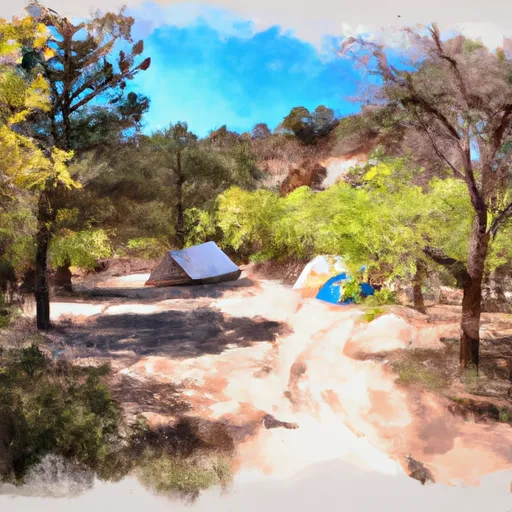 NFS Cimarron Campground
NFS Cimarron Campground
|
||
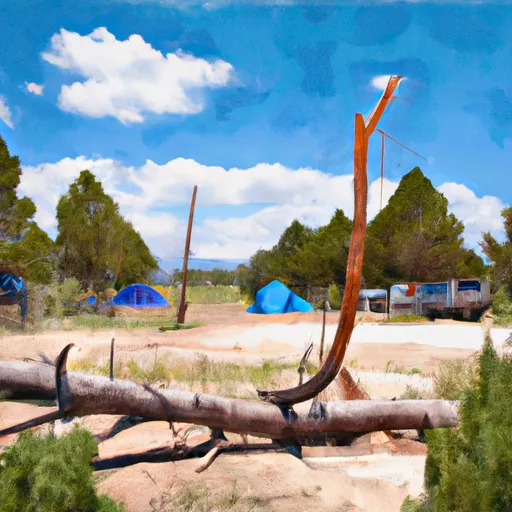 Cimarron Campground
Cimarron Campground
|
||
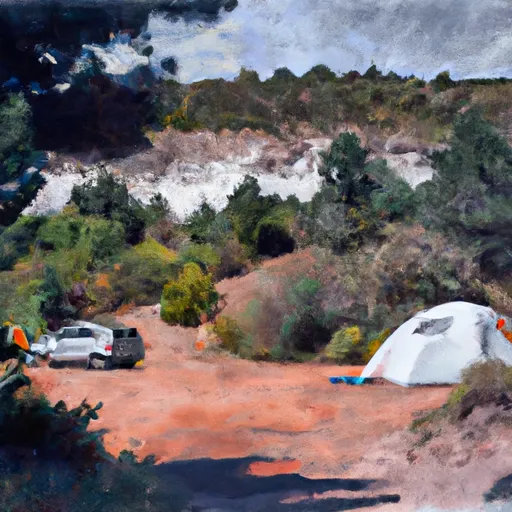 Middle Ponil Camp
Middle Ponil Camp
|
||
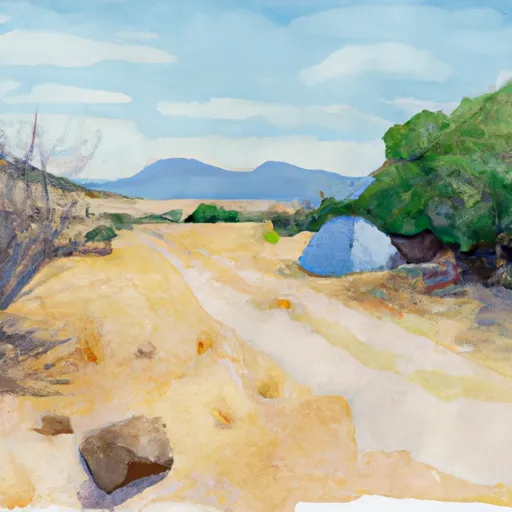 Little Costilla Low Impact Camp
Little Costilla Low Impact Camp
|
||
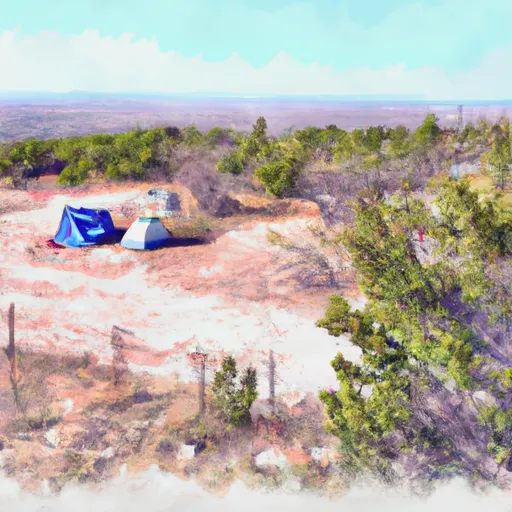 Ash Mountain Camp
Ash Mountain Camp
|
||
 McCrystal Creek Camp
McCrystal Creek Camp
|

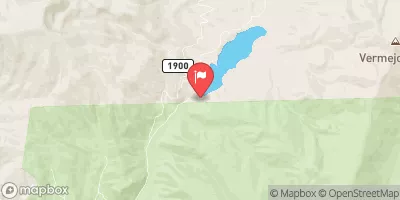
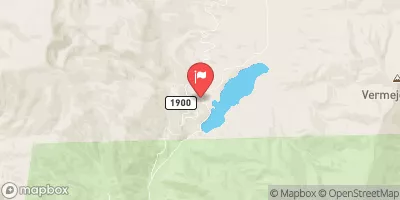
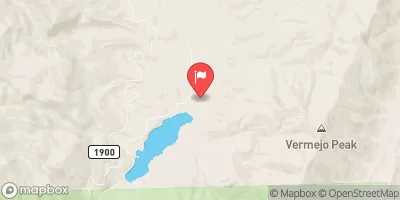
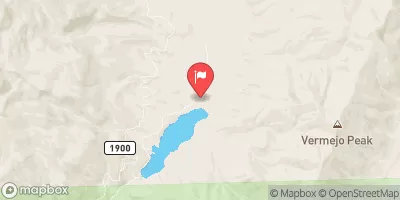
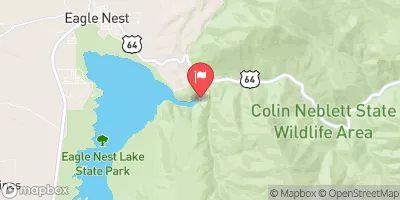
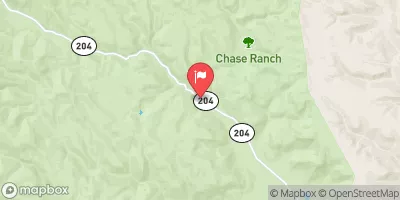
 Upper Shuree Pond Dam
Upper Shuree Pond Dam